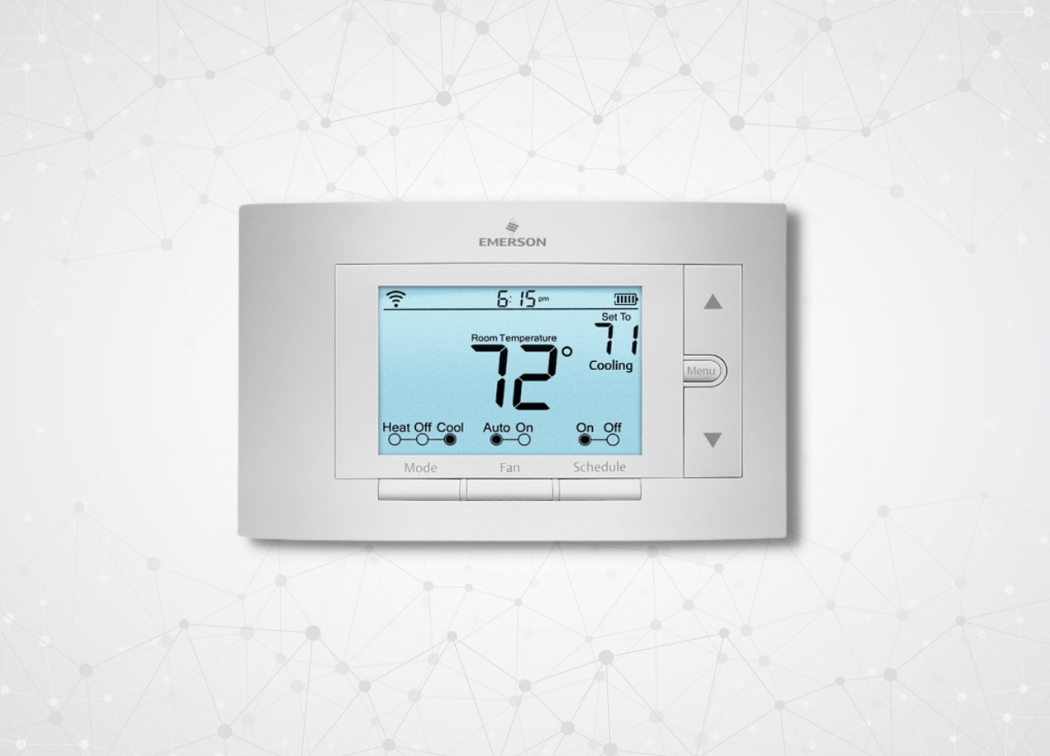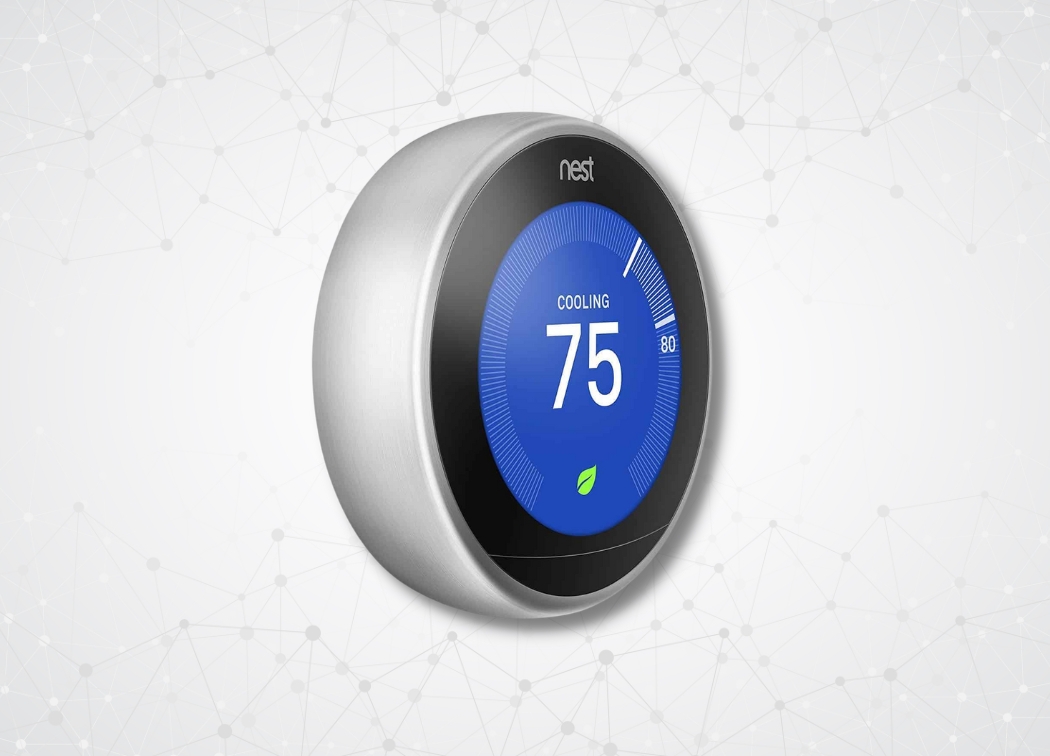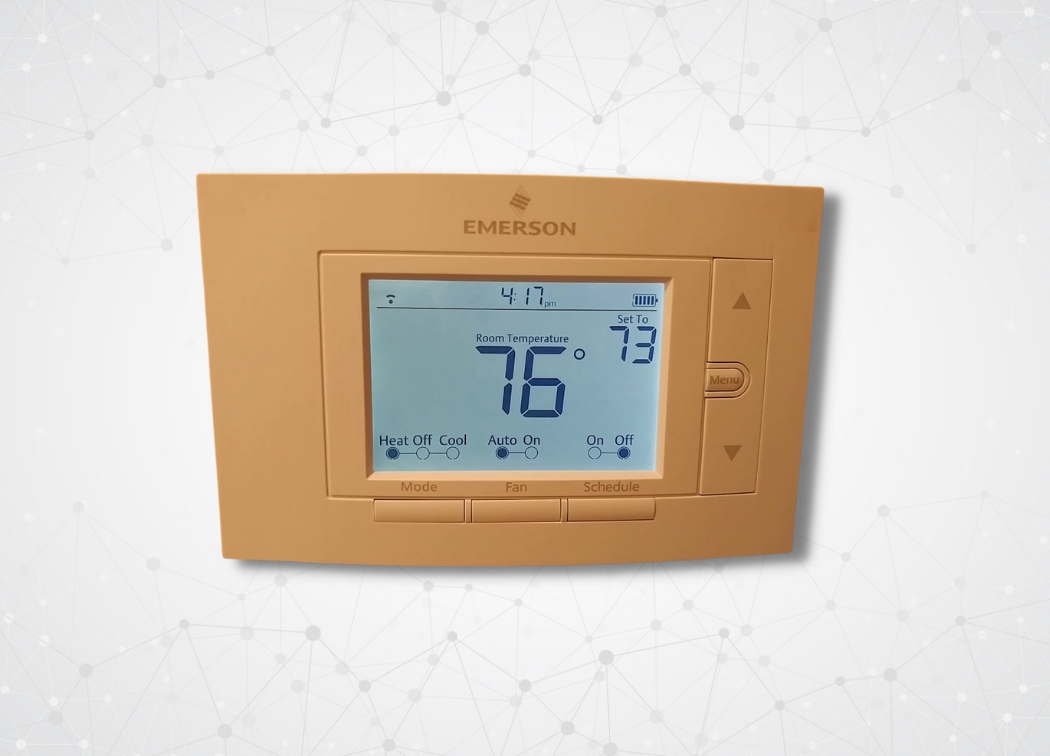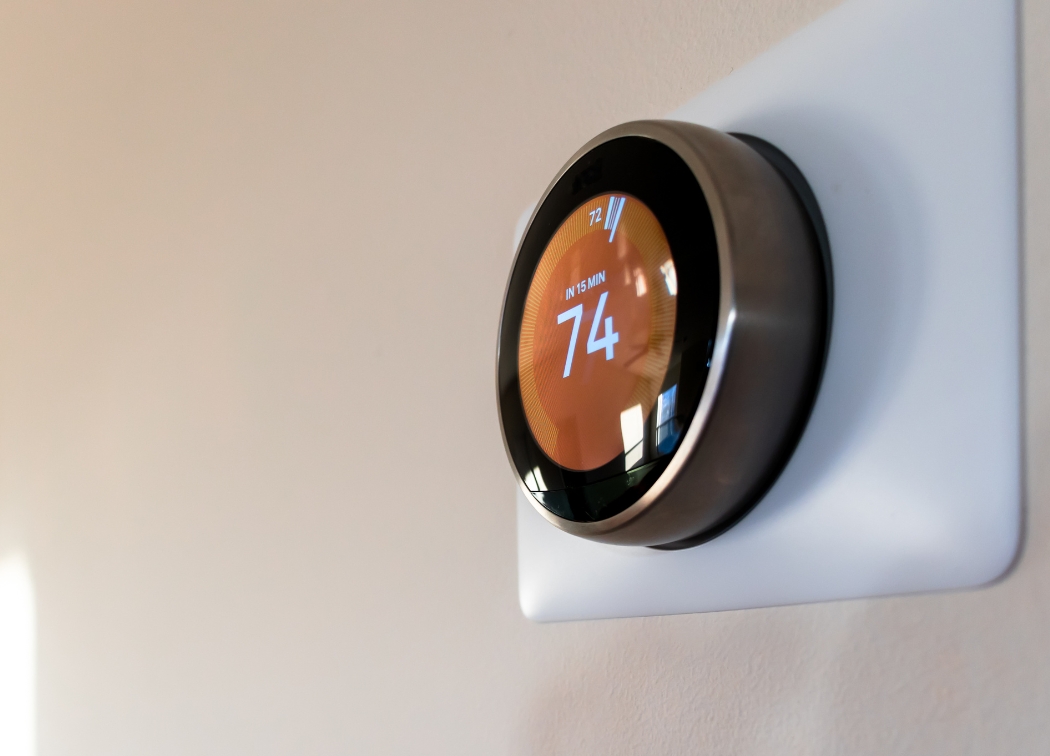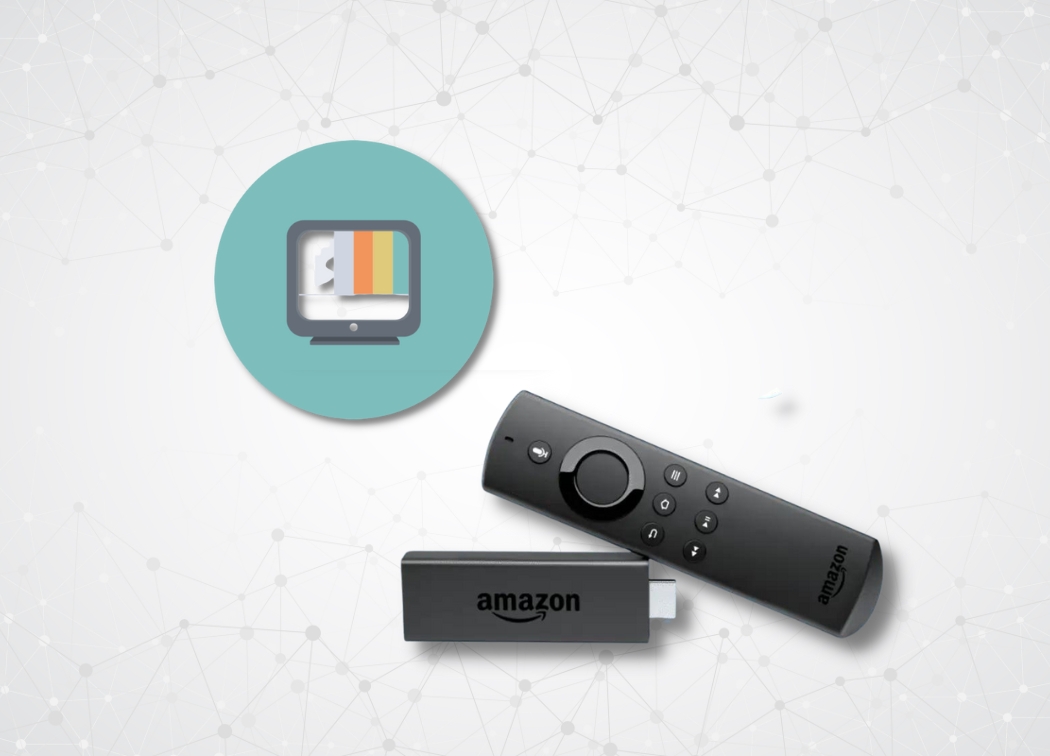When I install any new thermostat, I always take a look at one thing first: the c wire. Why? This thermostat wire is used by Wi-Fi models, like the ever-popular Nest. But not every thermostat has a c-wire, which can become a major issue.
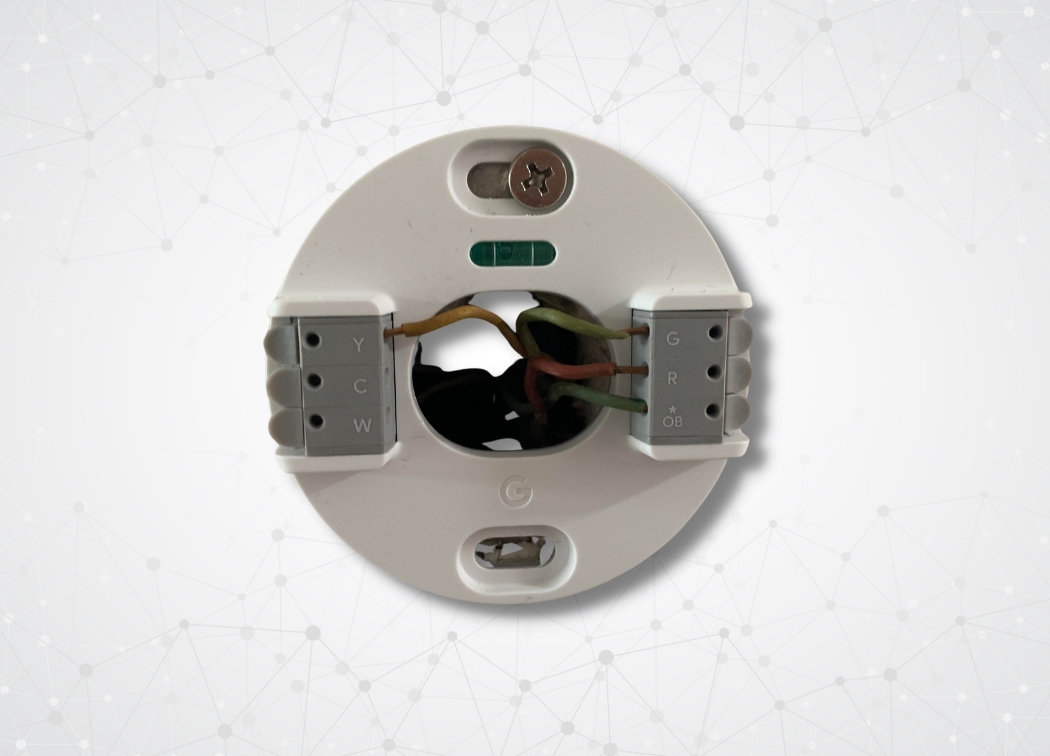
What is a C-Wire, and Do I Have One?
In short, this wire provides power to a thermostat. Since older models were often dials, they didn’t have a need for immense power consumption. Models now have LED screens, a variety of settings and features that make controlling a home’s heating and cooling a breeze. In technical terms, the c-wire is the 5th wire and supplies a 24vac power source.
Smart thermostats require this wire to run properly.
When removing an old thermostat, the easiest way to find if the c wire is present is to look at the number of connecting wires available. If you count 5 wires, you’re good-to-go. Typically, the c wire will be the blue wire that is connected to the thermostat, but colors may vary.
If you don’t have 5 wires, you have a c-wire issue that will require a little more work – don’t worry, I’ll explain.
Running a New Thermostat Wire
The simple fix is to choose a model that does not require a c-wire. I highly recommend reading product descriptions or reviews to find out what the exact requirements of a specific thermostat are before purchasing one.
Still tempted to buy a Wi-Fi model?
Running a new wire is definitely more laborious, but it isn’t impossible. First, an 18/3 or 18/5 weight thermostat wire will be needed. An 18/3 is meant for heat-only systems, while the 18/5 is meant for systems that have heating and cooling.
If you’re an electrician or a handyman, installation is easy.
Otherwise, I recommend hiring a professional to run the wire. It’s easier, faster, and a lot safer for a professional to install any wiring in the home.
The Transformer Method
So, if running a new wire isn’t feasible, there are other options to get the job done. An external transformer can be installed on the thermostat so that power can be provided to the Wi-Fi thermostat.
Note: This is a little technical, so proceed with caution.
Doing this is a bit tricky. Ultimately, you’ll need to:
- Purchase a 24VAC transformer.
- Purchase the right wire type.
- Put a hole in the wall near the thermostat and one near the baseboard.
- Feed the wire to the thermostat and attach it the transmitter and thermostat.
It’s very important to follow a video or guide to do this correctly. YouTube has a great video demonstrating how this is done:
As far as thermostat wiring goes, this is very simple to do, but it’s a necessity to affix the wires correctly to the thermostat. This is a cheaper method than a professional installation, but it does take up an open power outlet to run.
Add-A-Wire by Venstar
The perfect way to solve any c-wire issue. Add-a-wire allows you to go from a 4 wire setup to a 5 wire setup with ease.
Note: This method will not work with less than 4 wire setups as seen on older systems.
The manufacturer provides in-depth installation instructions, so I won’t go into too much detail here. I will mention that add-a-wire requires users to modify their current wire setup at the thermostat and near the HVAC system.
If the included instructions are not enough, Venstar does provide a complete installation video that can be found here.
The c-wire issue can be solved by hiring a professional or hacking through the process yourself. There are other tricks that will get the job done, such as the “fan” trick, but it will make a fan inoperable, which is counterintuitive.
In the event that a unit has less than 4 wires, it’s always easier to call a professional and have the wires installed. Four wire setups allow users to add wires using any of the methods above, but less than 4 wires will require a lot of extra work.
There are also other thermostat options to choose from, but a c-wire is a necessity for Wi-Fi thermostats that provide remote changing of temperatures, scheduling and various other features.

